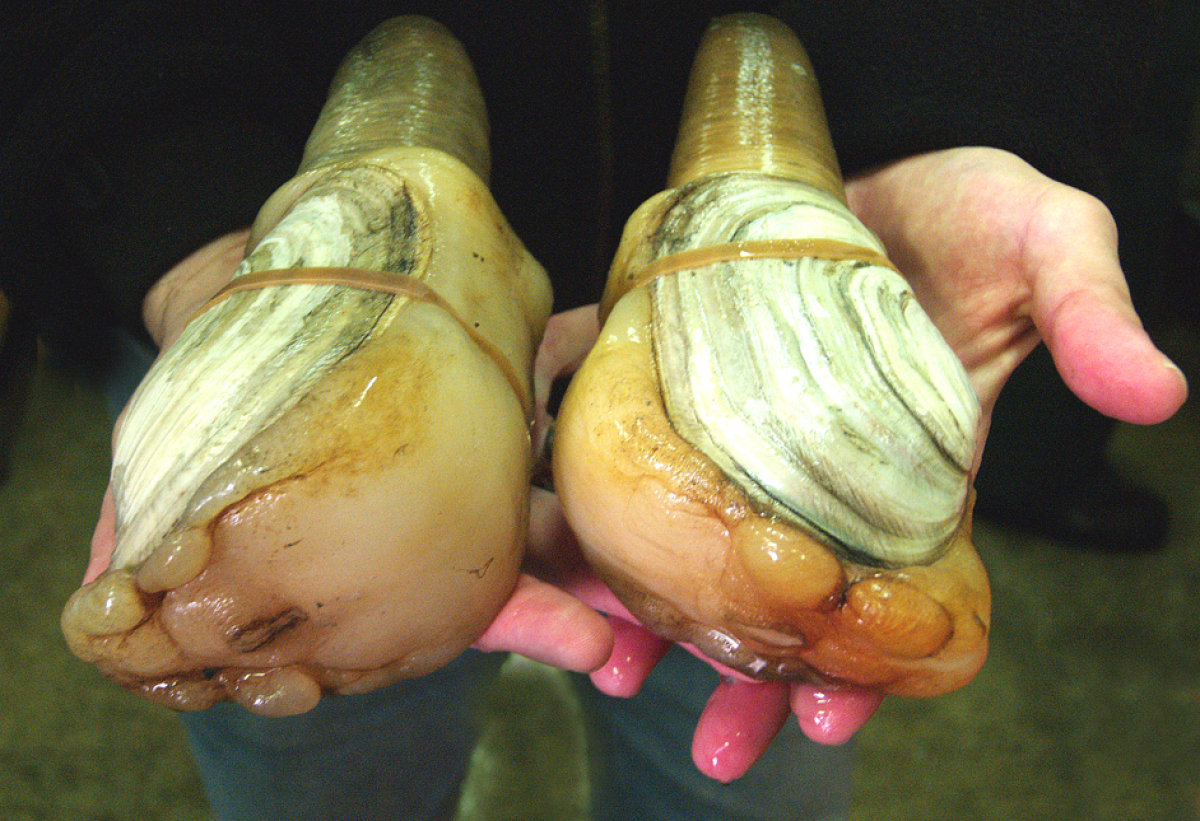Southeast Alaska divers splashed to the water in search of geoducks and sea cucumbers in October. This year divers will focus on a guideline harvest level of 523,500 pounds of geoducks and 1.75 million pounds for cukes, which is down from the 1.9 million-pound GHL they saw in the 2019-20 season.
Though the GHL appears to have faltered from a year ago, the schedule of dive openings in areas that alternate every other year show that biomass is actually on the rise for cucumbers.
The GHL for the same harvest areas in the 2018-19 season had been set at 1.48 million pounds. The Alaska Department of Fish and Game conducts population surveys every three years with cukes, and stock assessments last year revealed strong young age classes that will recruit into the fishery, according to Justin Breese, fisheries manager with ADF&G in Ketchikan.
“There were a lot of young cucumbers in that assessment,” he says.
The story isn’t quite as optimistic for geoducks. Though the GHLs vary, based on alternating harvest areas like cucumbers, some dive areas have seen heavy predation by sea otters and high levels of PSP.
“There were some areas lost because biomass fell down a bit,” says Breese. “There were some significant areas lost from that.”
As for the markets, covid-19 hampered diving for geoducks last spring when live outlets shut down in China.
“But when the China market reopened, we fished through the summer which was a first for the fishery,” says Phil Doherty, co-executive director of Southeast Alaska Regional Dive Fisheries Association, in Ketchikan. “PSP levels were very low so we were able to fish on a consistent basis and eventually took most of the 700,000 GHL.”
This year, 50 divers are participating in the geoduck fishery with 150 divers focusing their efforts on sea cucumbers.
Ex-vessel prices, however, were softer, Doherty reports, with an average of $4.25 per pound, down from the $6 per pound divers had seen in recent years.
“The market for cukes is more diverse than geoducks,” says Doherty. “So covid-19, while a factor, is not as big a problem as in geoducks.”







